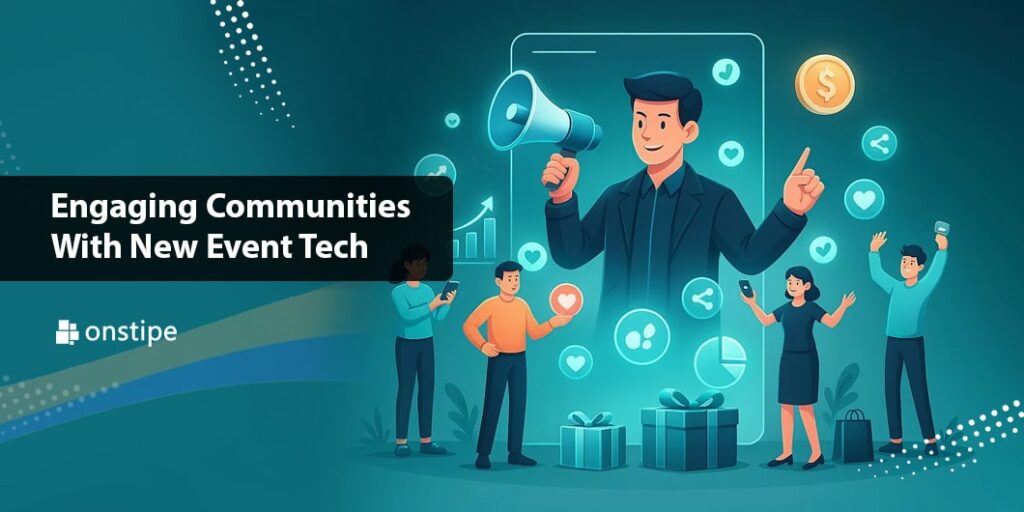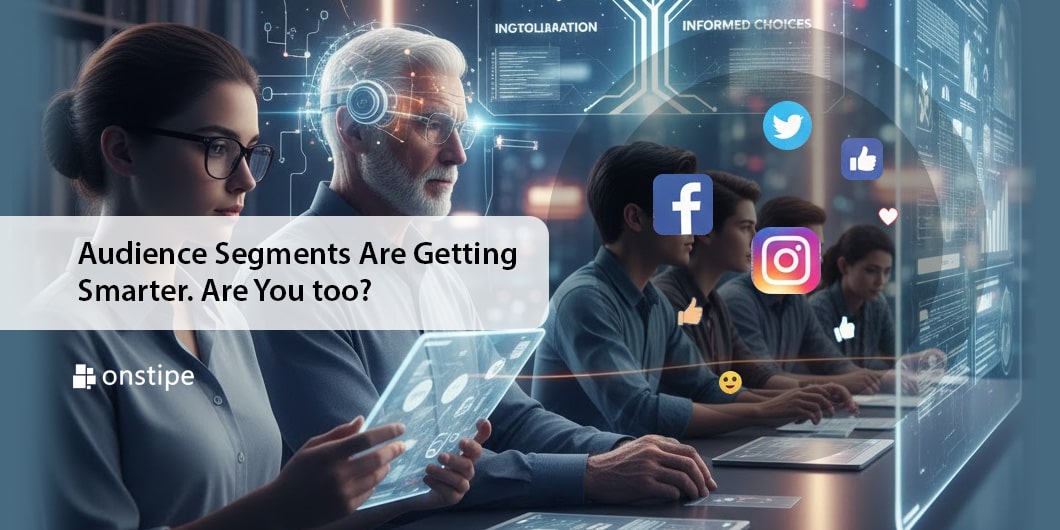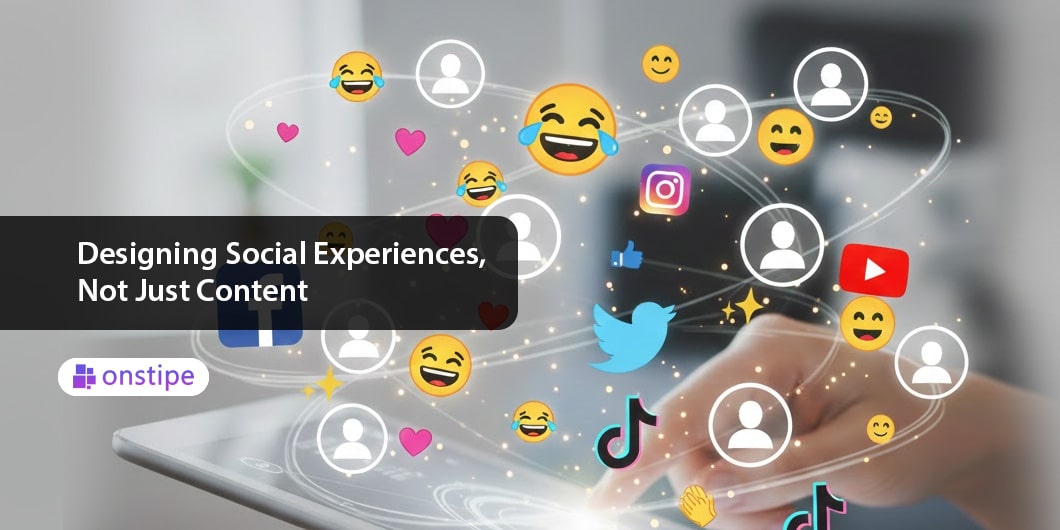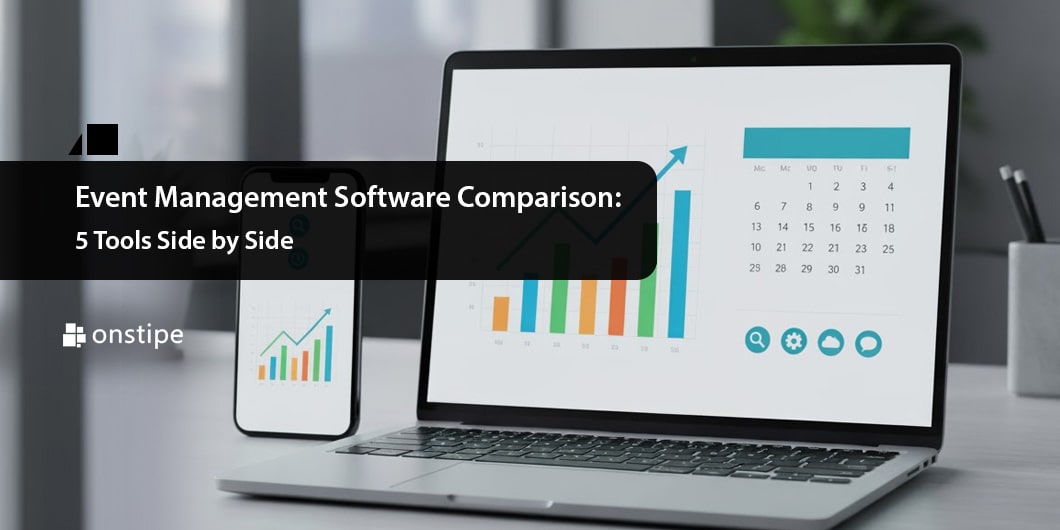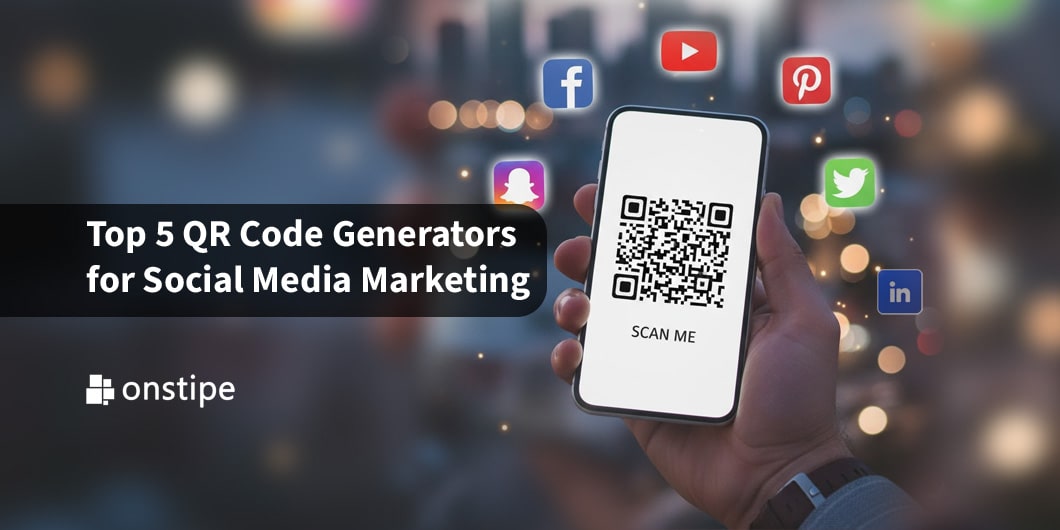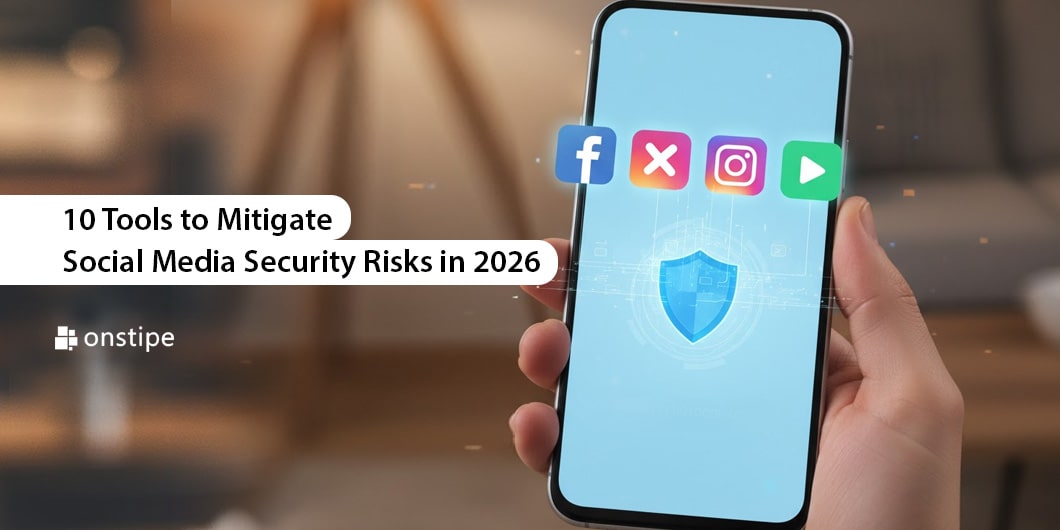In the age of remote work, global teams, and fast-evolving technology, how people connect has changed dramatically. No longer are communities formed only in physical spaces. The rise of digital tools—event platforms, community apps, hybrid meeting software—has opened up possibilities for digital community building. It’s no longer about gathering people in a room; it’s about creating shared experiences, even when miles apart.
Statistics reveal that over 70% of event organizers now use digital platforms to enhance engagement, and this number is climbing annually. In-person interactions are still valuable, but the digital layer is what gives events longevity, accessibility, and reach.
Whether it’s a nonprofit trying to mobilize volunteers, or a startup introducing its product to a global audience, digital tech is the bridge that connects intention with impact. And just as businesses rely on market intelligence tools to make informed decisions, event organizers use event tech to understand audiences better and keep communities engaged.

Why Event Tech Matters Now More Than Ever
Let’s not dance around the obvious: traditional events are expensive, logistically complex, and often inaccessible to many. Travel costs, scheduling conflicts, and geographical barriers create unnecessary friction. Event tech addresses all of this—smartly.
With tools like interactive webinars, virtual reality booths, and real-time polls, attendees become participants rather than spectators. Think about the difference: being talked at vs. being talked with. It’s transformative. Engagement increases. Retention rises. The community grows.
For example, event platforms that offer live chat and audience reaction tools see 48% more audience participation, according to a 2024 EventMB report. When attendees are empowered to ask, respond, and share, the energy shifts. The event becomes theirs.
Recording Conversations: A Quiet Revolution
There’s a subtle, often underappreciated piece of the puzzle—recording conversations. Not in a covert or intrusive sense, but as a tool for continuity and clarity. Both corporations and private individuals can benefit here.
Imagine hosting a multi-day virtual summit. Dozens of speakers. Hundreds of comments. It’s impossible to absorb it all in real time. Recording not only preserves the insights but gives attendees (and hosts) the chance to revisit, repurpose, and reflect. Transcripts can be created, highlights extracted, misunderstandings cleared.
Moreover, all you need for recording calls is the right app. You are free to choose the call recorder app iPhone that you like best, but if you need a recognized leader – Call Recorder iCall on the App Store. With iCall, you can ensure clarity, deeper understanding of the essence, and smarter decision-making. Also, a call recorder will be useful if any disputes arise, and since everything is recorded, it is easy to establish the cause of disagreements.
The Rise of Asynchronous Engagement
Not everyone attends live. And that’s okay. The beauty of digital community building is that it respects time zones, energy levels, and personal schedules.
Event tech enables asynchronous interaction—where people participate on their own time. Comment threads remain active long after the event ends. Video replays keep the door open for those who missed out. Polls, challenges, and discussion prompts can be staggered over days or weeks.
This isn’t about reducing urgency; it’s about increasing inclusivity. A community that moves at one speed excludes. But a digital community that offers layers of participation—fast, slow, or intermittent—feels welcoming. Humans.
Customization Creates Connection
Generic events? Forgettable. Personalized digital experiences? Sticky.
Modern platforms allow for detailed attendee segmentation. You can serve different content to first-time visitors and returning guests. Provide real-time translations. Create breakout rooms based on interest, expertise, or even mood.
And with analytics running quietly in the background, you’ll know what worked—and what didn’t. Event tech has evolved into a feedback loop in motion. You see where people lingered. Which speakers held attention. Where drop-offs happened. This data helps improve not just future events, but community strategies overall.
Case in Point: The Unexpected Successes
A mid-sized arts organization in Spain used a mobile-first platform to run its annual festival online. Expecting a few hundred attendees, they ended up reaching over 4,000 people from 17 countries. Their secret? Hybrid programming, real-time translation, and post-event discussion spaces that stayed active for a month.
Elsewhere, a mental health nonprofit created a digital support circle using audio rooms and live chat. Their events were small—sometimes just 10 to 20 people—but intimate, consistent, and emotionally valuable. Numbers weren’t the goal. Trust was. And tech made it possible.
These aren’t rare outliers. They’re examples of what happens when event tech is used not to replace human connection, but to amplify it.
Challenges Still Exist
It’s not all frictionless. Tech adoption takes time. Some users resist change. Others struggle with access or digital literacy. Event organizers need to balance innovation with inclusion. A dazzling platform is useless if your community can’t navigate it.
Then there’s digital fatigue. Screens dominate our lives. Event tech must focus not just on utility, but on feeling—making online moments meaningful, not mechanical.
Final Thoughts: Building More Than Attendance
Community isn’t measured by how many people log in. It’s measured by how many come back.
The best event technologies don’t just gather people; they hold space for them. Through features like session recording, asynchronous chat, and personalized content, they turn isolated participants into engaged members of something larger.
The takeaway? Use tech, yes. But use it wisely. Center people. Design for diversity. Embrace spontaneity and structure in equal measure. Because in the end, digital community building isn’t about technology at all.
It’s about people—showing up, sharing, and staying connected.

